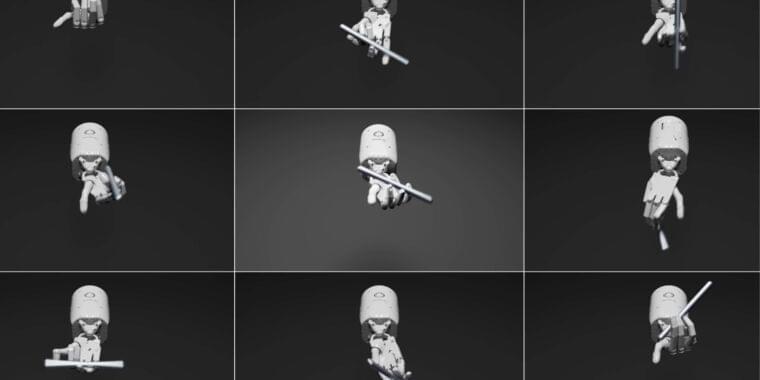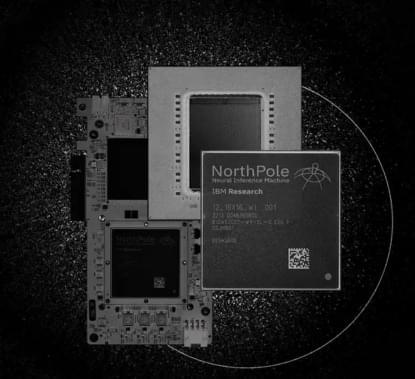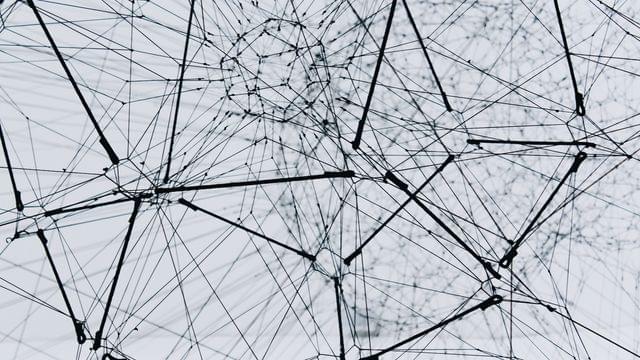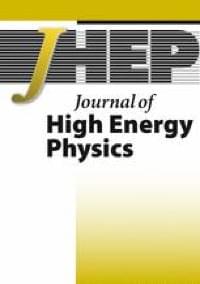Oct 24, 2023
Einstein’s Theories Revisited: Scientists Produce “Pseudogravity” Using Photonic Crystals
Posted by Quinn Sena in categories: internet, materials
Scientists manipulated light to behave as if influenced by gravity using distorted photonic crystals, opening avenues for optics advancements and 6G communication.
Manipulating Light’s Behavior With Pseudogravity
A collaborative group of researchers has manipulated the behavior of light as if it were under the influence of gravity. The findings, which were published in the journal Physical Review A on September 28, 2023, have far-reaching implications for the world of optics and materials science, and bear significance for the development of 6G communications.


















